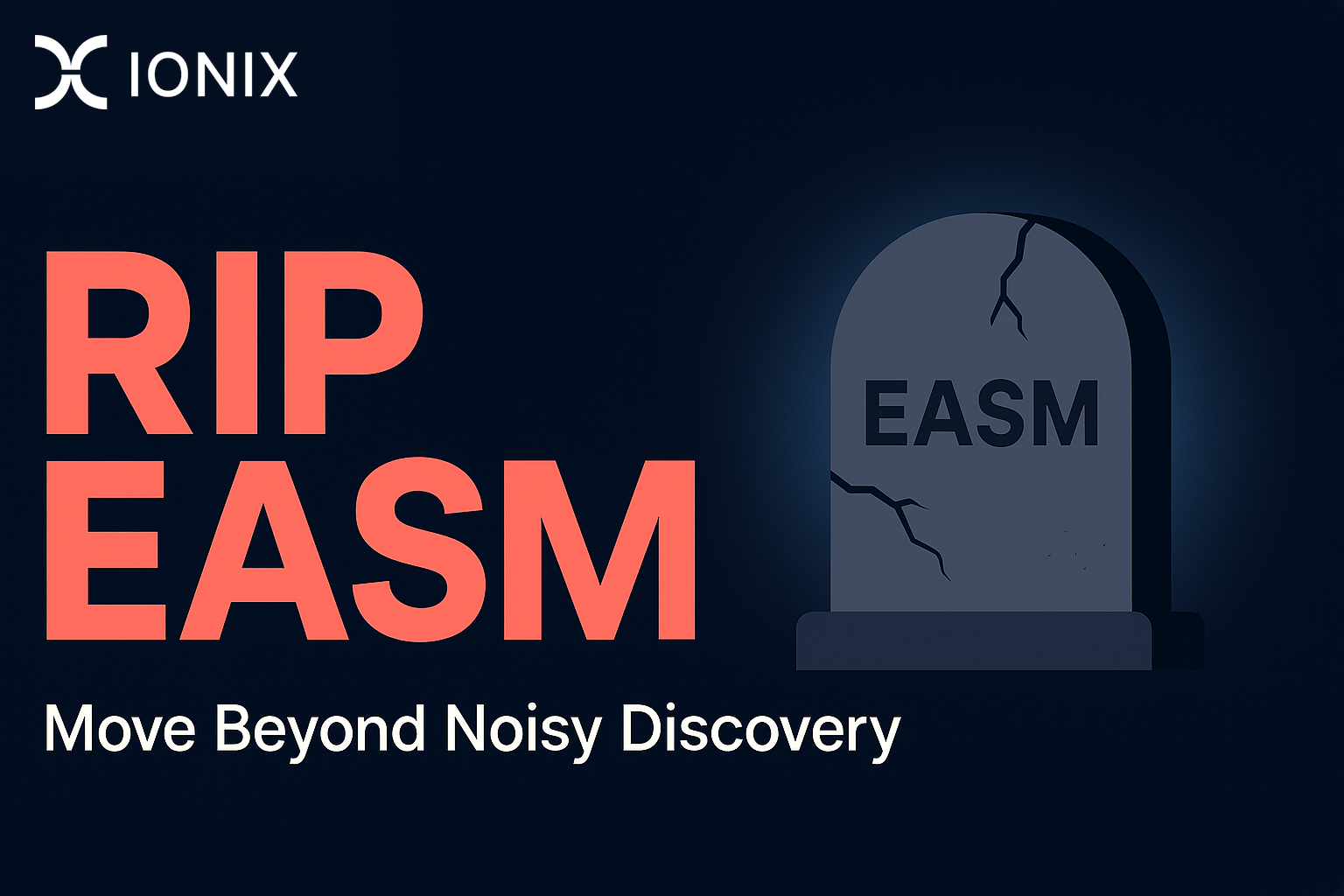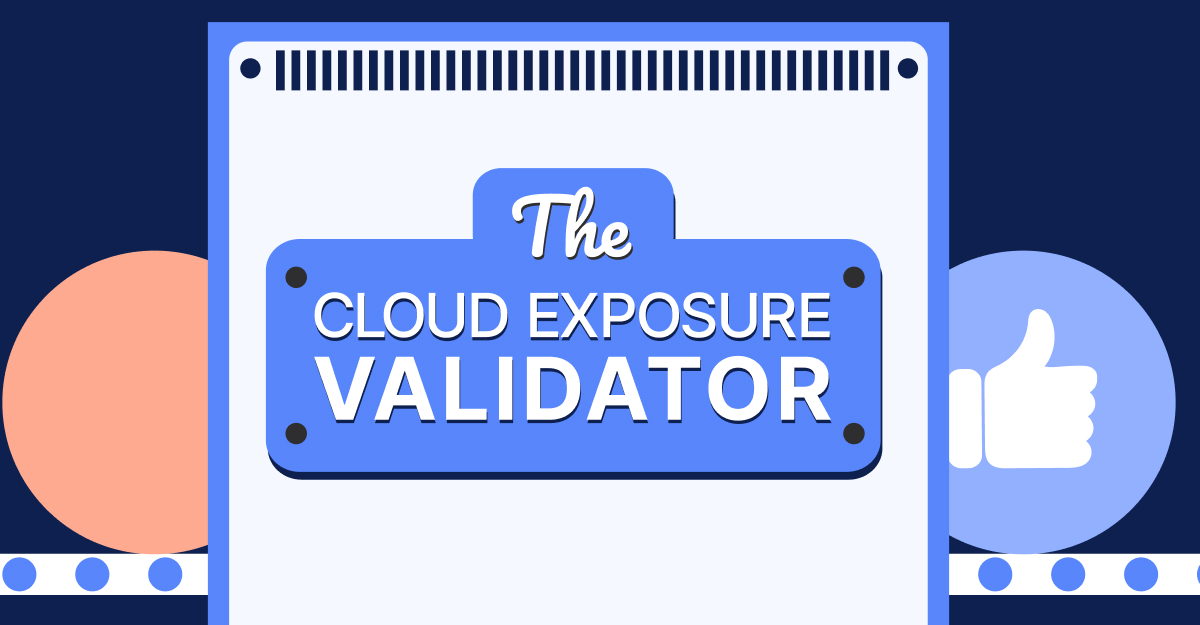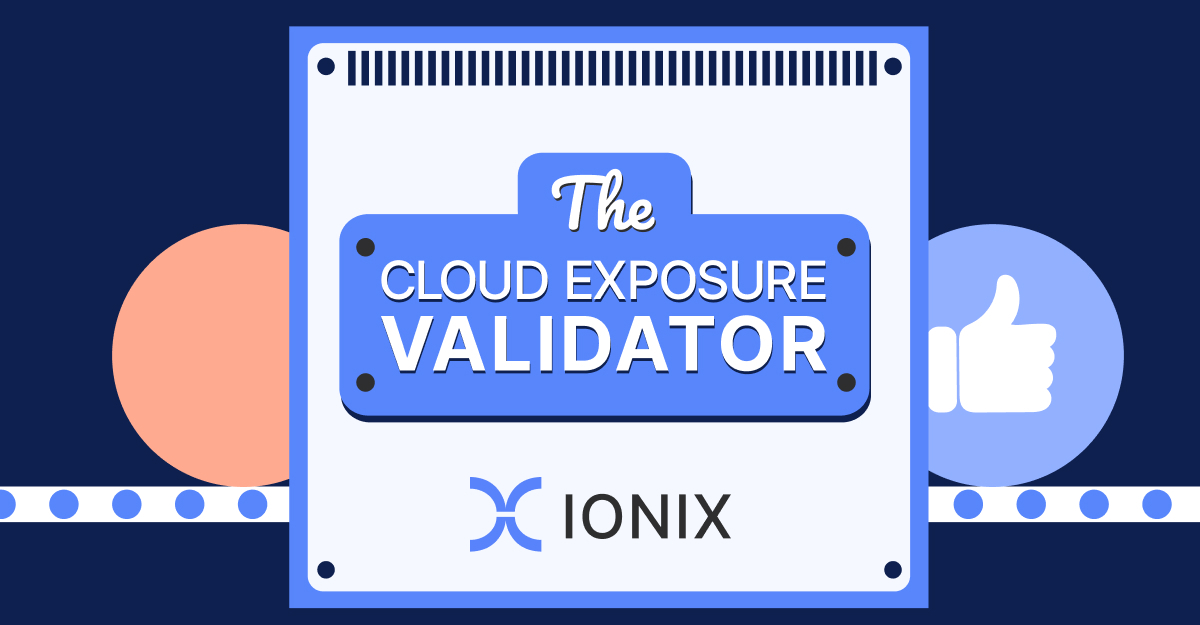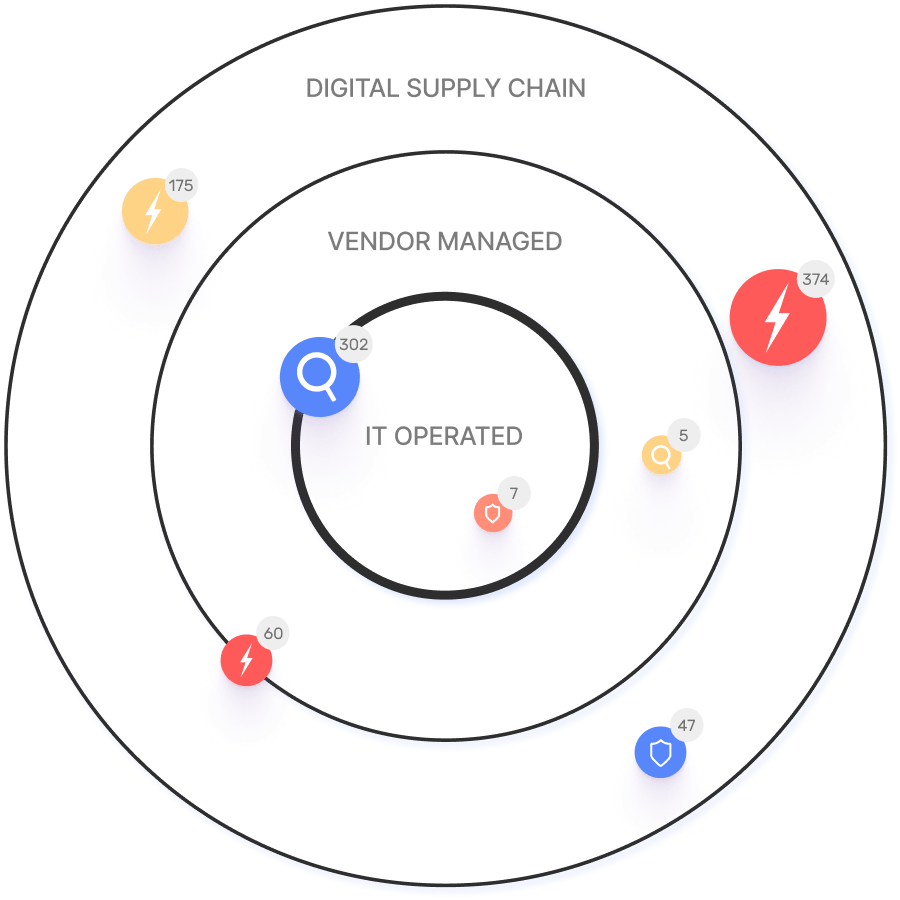RIP EASM – Gartner Declared EASM Obsolete, Now What?

By Marc Gaffan, CEO of IONIX
Gartner has officially declared it: External Attack Surface Management (EASM) is obsolete.
To many, this announcement may come as a surprise. For us at IONIX, it’s confirmation of what we’ve known and been advocating for over the past two years. We’ve spoken with hundreds of enterprises. We’ve watched how security teams deploy traditional EASM solutions with the best of intentions, only to be buried in irrelevant findings and left further from their real goal: understanding their organization’s true exposures and remediating them swiftly and effectively.
EASM was born from a real and urgent need: to get visibility into an organization’s external-facing or web-facing assets. But the industry stopped there, content to crawl the web, discover IPs and domains, and surface passive vulnerability signals. The result? Noise. Unfiltered, unactionable, resource-draining noise.
It’s time to move forward. RIP EASM

In this article
The Death of a Buzzword – EASM
Let’s be honest: the original promise of EASM was never enough. Mapping internet-facing assets and pointing out passive vulnerabilities gives the illusion of security progress. But when these findings aren’t verified, aren’t contextualized, and don’t lead to concrete, prioritized action, they paralyze teams instead of empowering them.
Security leaders don’t want to be flooded with alerts, they want clarity. They don’t want more dashboards, they want answers. Most importantly, they don’t want tools that demand more time, they want tools that save time.
The slow death of EASM was inevitable because its foundation was fundamentally flawed. Organizations don’t need visibility alone, they need validated exposure intelligence, deeply integrated into remediation workflows.
What We’ve Learned About EASM From the Field
At IONIX, we’ve spent the last two years engaging deeply with enterprises across sectors and geographies. One message rings true in every conversation:
“We don’t need more assets or CVEs instead we need to know what actually matters.”
Here’s what we found:
- Asset discovery alone leads to alert fatigue
Many teams end up chasing “assets” that are irrelevant, stale, or already known, losing hours without moving the security needle.
- Passive vulnerability scanning is an echo chamber
Repeating what other scanners see doesn’t help teams prioritize or understand what an attacker can actually do.
- Lack of context leads to paralysis
Without knowing what’s truly exploitable, where attackers would go next, or how to fix it fast, teams get stuck in analysis instead of action.
In short, the promises of EASM fell short. The category, as originally framed, simply couldn’t deliver operational security value.
The New Standard for Exposure Management
The fall of EASM is not the end. It’s a turning point. It’s a call for a more evolved, complete, and effective approach. And that future demands more than just discovery.
Here’s what every exposure management and vulnerability program must include if it wants to move beyond noise and deliver true impact:
1. Dynamic Security Testing
Static analysis and passive scanning are yesterday’s tools. Real attackers don’t stop at discovery, they probe, test, and adapt. Your security stack must do the same. Dynamic testing simulates adversarial behavior in real-time, providing confirmation of real risks—not theoretical ones.
2. Exploit Validation
Knowing a vulnerability exists is not enough. Is it exploitable? Has it been weaponized in the wild? Can it be chained with other exposures? Validation turns noise into signal, helping teams focus on what matters most urgently.
3. Attack Path Mapping
Understanding how an attacker can move through your environment, what paths they could take, which assets they’d target next—is critical. Exposure doesn’t exist in isolation. Mapping interconnectivity between misconfigurations, software flaws, and credential exposures reveals the real risk landscape.
4. Actionable Threat Intelligence
Threat intel that isn’t timely, relevant, or actionable is just clutter. You need contextual intelligence tied directly to your exposures—intelligence that tells you which threat actors are exploiting what, and how.
5. Context-Rich Prioritization
Not every exposure is created equal. Prioritization must account for exploitability, business criticality, asset ownership, and potential blast radius. Only then can security teams triage effectively and act fast.
6. Smart and Fast Remediation
The end goal is always remediation. If your exposure management solution doesn’t tightly integrate into your remediation workflows—whether it’s ticketing, orchestration, or automated patching—you’re just identifying problems without solving them. That’s not progress.
From Discovery to Exposure Management
The truth is: EASM was a piece of the puzzle. But it never was the puzzle.
What’s needed now is a shift from “discovery” to “exposure management”. That means:
- From mapping assets to validating risk
- From surface scanning to adversary simulation
- From siloed outputs to integrated workflows
- From data overload to security outcomes
At IONIX, we’ve been building toward this vision from day one. We’ve never believed in just finding stuff; we believe in fixing what matters.
We Welcome the End of EASM
Gartner’s declaration is not just an end. It’s a challenge to all of us in the security industry.
- A challenge to evolve
- A challenge to go deeper
- A challenge to deliver solutions that don’t just detect but actually defend
It clears the path for something better, bolder, and more meaningful The era of noisy discovery is over. The era of validated, actionable exposure intelligence is here.






